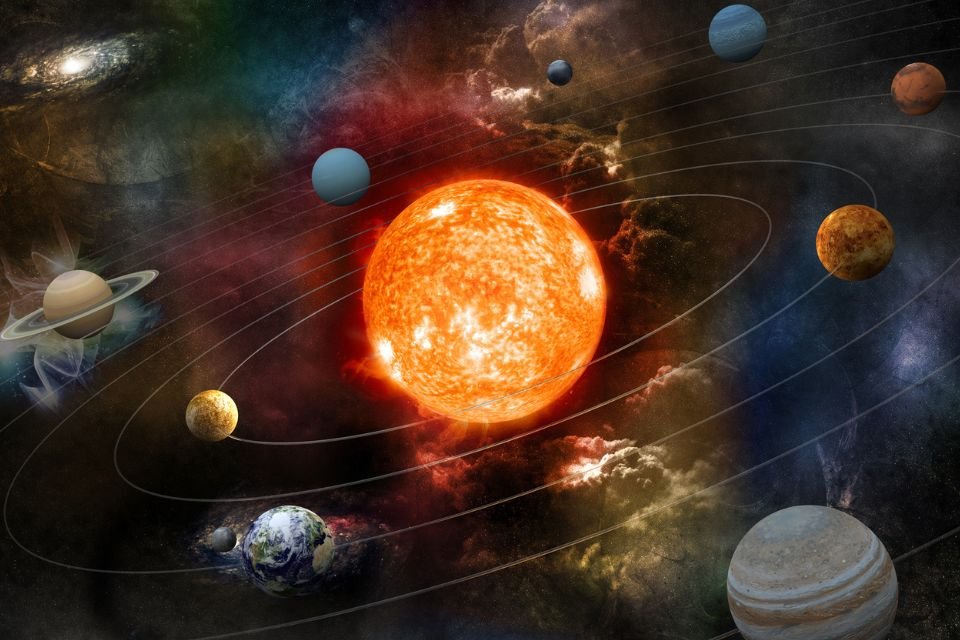From our school years, we have learned that the Earth and other planets in the Solar System revolve around the Sun in elliptical orbits, but things do not work the way teachers show us in two-dimensional diagrams where the Sun remains stationary. at the center and the planets revolved around it.
In reality, Neither the planets nor the Sun remain stationary in space. Our star is traveling in the Milky Way at a speed of 792 thousand kilometers per hour, and the planets, including us, follow it, creating a kind of imaginary tail that looks like a huge wandering comet.
But it doesn’t end there: although for our teachers all these orbits must be elliptical, Astronomers have found that some planets do not move forward, but appear to move backwards in their orbits. Although to skygazers the planets appear to revolve clockwise around the Sun, when we look from inside the Solar System we see that most, if not all, rotate counterclockwise.
Progressive and retrograde rotations
It all started when our Solar System formed inside a nebula. This huge cloud of gas and dust, which gave rise to the sun and planets, was rotating counterclockwise. and therefore almost all objects in the system have “inherited” this motion and rotate in this original direction.
However, two different worlds, far from each other, challenge this logic: Venus and Uranus. Regarding this behavior, both are said to have a “retrograde” rotation, meaning that they rotate around their axis in the opposite direction to most other planets. In addition to having a very slow rotation, taking approximately 243 Earth days to complete one rotation, the Sun rises in the west and sets in the east on the planet Venus.
On Uranus, the rotation is not only backward but also highly inclined (almost 98 degrees relative to the orbital plane). While the planet appears to be tilted sideways, It seems that it does not rotate, but rolls relative to its axis.
Why do two planets rotate “reversely”?
Regarding Uranus, scientists think the two differences (rotation and tilt) are related because the planet suffered a series of impacts early in its life in the solar system.
As for Venus, the first theory is that a large asteroid hit the earth and knocked it over, flipping it off its axis. Another theory concerns friction between the core and mantle contents; This friction may have changed the direction of the planet’s rotation over time.
Did you like the content? Stay up to date with more astronomical curiosities like this on TecMundo and take the opportunity to discover how science explains the phenomenon of Mercury retrograde.
Source: Tec Mundo
I’m Blaine Morgan, an experienced journalist and writer with over 8 years of experience in the tech industry. My expertise lies in writing about technology news and trends, covering everything from cutting-edge gadgets to emerging software developments. I’ve written for several leading publications including Gadget Onus where I am an author.













